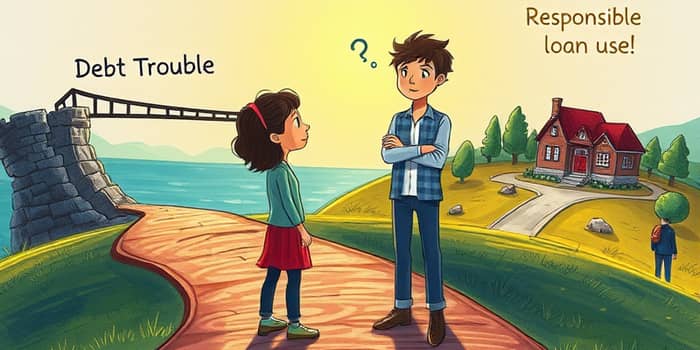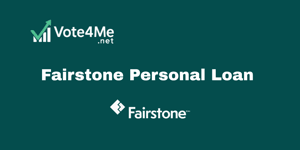
Borrowing money can empower individuals and businesses to achieve dreams, whether acquiring a home, expanding operations, or funding education. Yet, when funds veer off track, both borrowers and lenders face devastating financial and legal consequences. By understanding risks, learning from real-world examples, and adopting practical strategies, you can ensure your loan fuels progress rather than peril.
Every loan agreement comes with a clear intention: homeowners secure mortgages to purchase or improve property, entrepreneurs obtain capital to scale enterprises, and students borrow to invest in their future. This alignment between intent and action constitutes an ethical and financial imperative—a principle that safeguards trust in the financial system.
When borrowers adhere to the declared purpose, lenders can maintain stable interest rates, regulatory bodies remain satisfied, and credit remains accessible to future applicants. Conversely, misuse erodes confidence, prompting stricter scrutiny, higher costs, and reduced opportunities for responsible individuals.
Loan misuse often disguises itself in seemingly harmless ways. By recognizing prevalent schemes, you can steer clear of inadvertent infractions or intentional fraud.
Statistics reveal the scale of these abuses. In 2021, over 12% of mortgage fraud cases involved misrepresentation of purpose, and more than $200 billion in SBA pandemic loans likely fell into fraudulent hands. Recognizing these patterns helps borrowers commit to transparency and integrity.
When funds are misapplied, the fallout extends far beyond a single transaction. Borrowers risk criminal charges, hefty fines, and probation or imprisonment. Lenders absorb losses, raise rates for honest customers, and endure expensive compliance efforts.
At the systemic level, fraudulent lending practices precipitate a profound impact on economic stability—undermining market confidence and restricting credit availability for those who truly need it.
This overview underscores why lenders employ rigorous documentation and monitoring processes: they protect both parties and preserve access to capital for valid needs.
The COVID-19 pandemic unleashed an unprecedented lending wave through SBA programs, intended to sustain businesses and communities. Unfortunately, reports estimate that over $200 billion went to fraudsters exploiting lax verification protocols, leaving honest owners fighting for scraps.
One notable case involved a group of fictitious medical supply companies that claimed massive payrolls, only to divert funds into luxury vehicles and real estate holdings. When uncovered, the perpetrators faced multi-million-dollar judgments and lengthy prison sentences, while struggling small businesses were left with depleted relief pools.
These cautionary tales remind us that even well-intentioned programs can be undermined by misconduct, and that individual accountability bolsters collective resilience.
Whether you are applying for a mortgage, business loan, or student financing, adhering to best practices will protect your interests:
By embracing transparency and foresight, you reduce the risk of inadvertent violations and fortify your reputation.
In the end, borrowing is more than a transaction—it’s a partnership built on mutual trust. When you honor your commitment and use funds as intended, you not only secure your own future prosperity but also pave the way for others to follow.
Remember, every loan repaid responsibly builds credit, unlocks new opportunities, and contributes to a stable financial ecosystem. Embrace this responsibility, and you’ll find that disciplined stewardship of funds yields dividends far beyond immediate gains.
By protecting your credibility and future borrowing power, you become an advocate for integrity in finance, inspiring peers and shaping a more resilient economy. Stick to the loan’s purpose, and let your financial journey be guided by honesty, foresight, and shared success.
References













